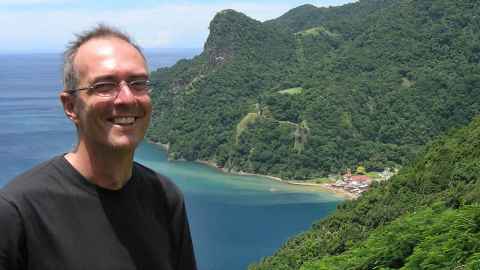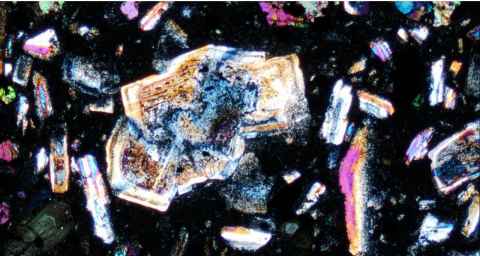Taranaki Maunga could blow with little warning
28 August 2023
Seismic activity preceding past eruptions was reconstructed in research led by the University.

Silent for 200 years, Taranaki Maunga could blow with little warning, according to research led by the University of Auckland.
The unusual quiet period will likely come to an end “as has happened at other volcanoes around the world, sometimes surprising local populations,” says Associate Professor Phil Shane, of the School of Environment.
Reconstructions of events over about the past 1,000 years showed as little as a day to a week of seismic activity before hot magma reached the surface to erupt.
“That’s a very brief period of warning,” says Shane.

Going one step further, some eruptions showed no sign of new magma – suggesting no rumbling and no warning, and leading Shane to speculate that a build-up of volcanic gases deep in the earth’s crust may have been enough to cause an explosion.
“Ash from past eruptions has been spread across New Zealand, suggesting that future eruptions could be nationwide hazards,” he says. “For that reason, we need to have a sense of how much warning we will get and unfortunately it seems like it may not be much.”
The research, a collaboration between the University of Auckland, University of Otago and Université de Paris Cité, relied on the clues left by microscopic crystals in erupted rock.

Microscopic patterns like tree-rings form in the crystals in response to changes in temperature, pressure, and magma composition.
Depending on whether a magma rises rapidly or temporarily stalls in the earth’s crust on the way up, the crystals grow differently. Modelling allows calculations of the time from a crystal’s formation to an eruption, indicating how long magma took to surface.
The research was funded by the Ministry of Business, Innovation and Employment and published in the Bulletin of Volcanology. Co-authors were Professor Fidel Costa in Paris, Professor Shane Cronin in Auckland, Professor Claudine Stirling and Dr Malcolm Reid in Dunedin.
This work is only part of much wider MBIE-funded research into the volcano assessed as most likely to cause national-scale impacts over our lifetimes.
“Positioned upwind from the country’s most populous regions of Auckland, Waikato and Bay of Plenty, all Taranaki eruptions will disrupt air and surface transport, tourism, farming, power and water supplies,” according to a website devoted to the research.
Media contact
Paul Panckhurst | media adviser
M: 022 032 8475
E: paul.panckhurst@auckland.ac.nz